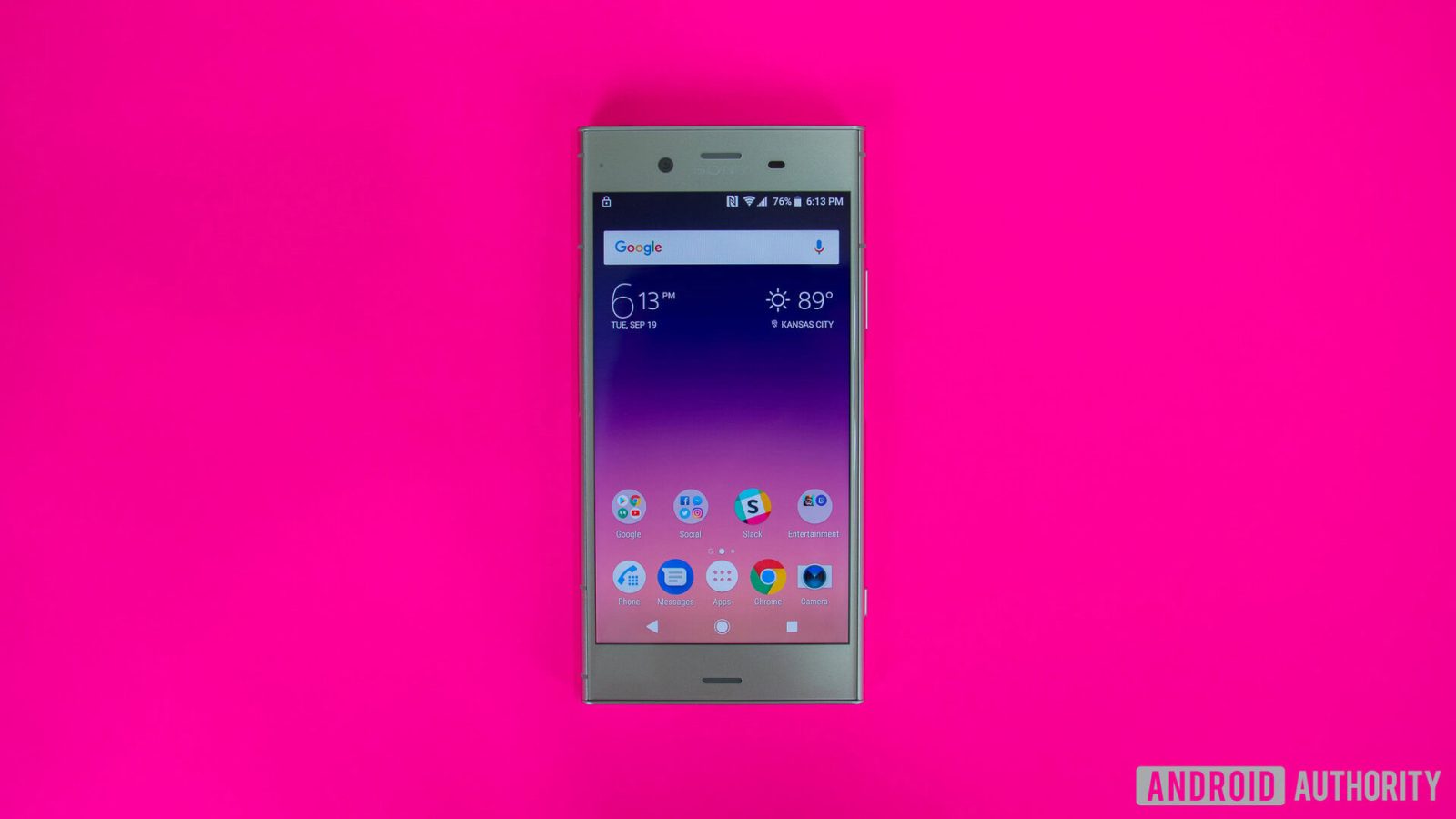
Contents
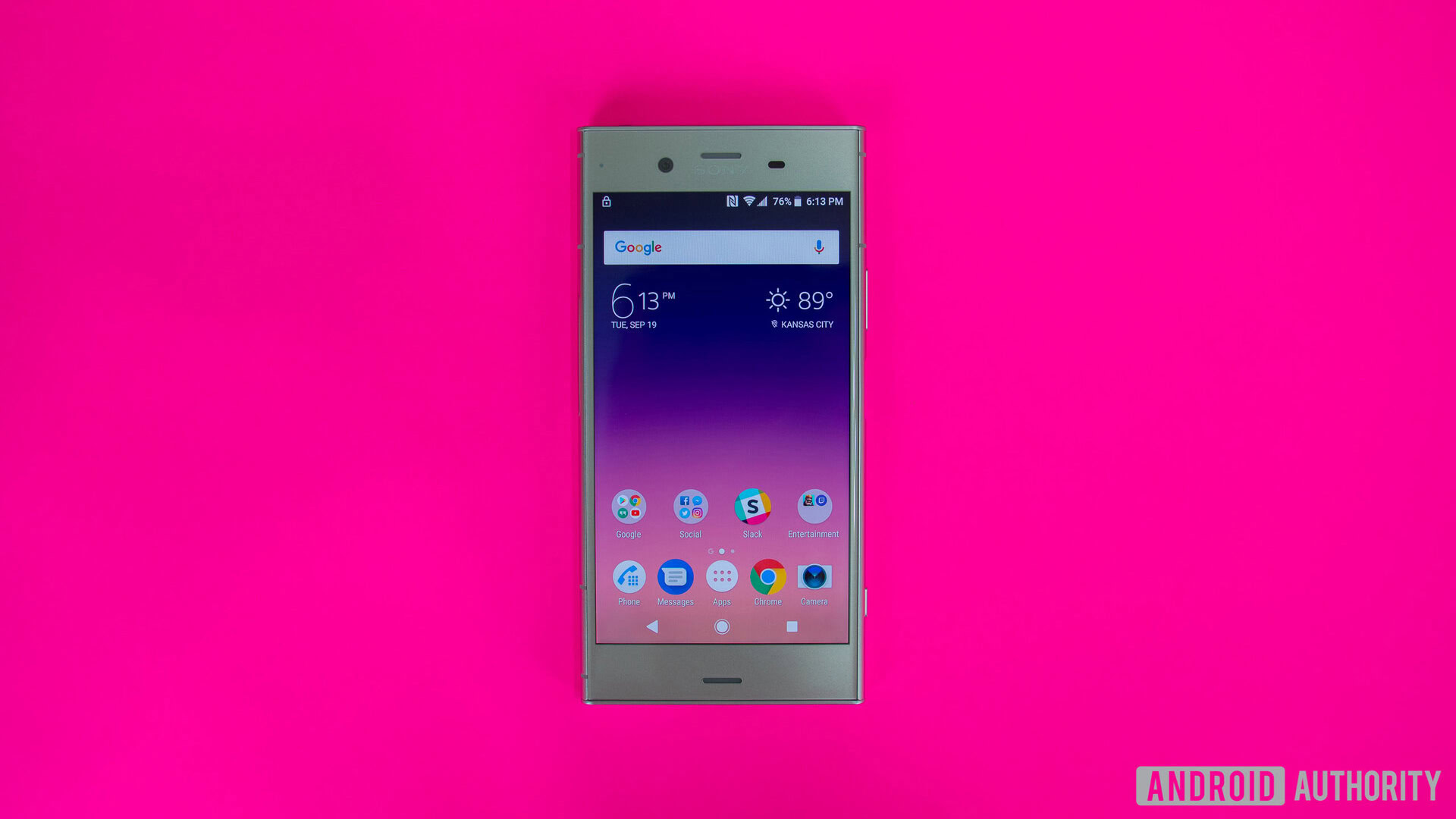
C. Scott Brown / Android Authority
When a new smartphone launches, we often spend a lot of time talking about its internal hardware specs and what it can do that most other phones cannot. However, the first thing anyone ever notices about a phone is how it looks, and that has a significant bearing on how we feel about it, which is just as important as what it can do for us.
Over the past 15 years, we’ve seen some truly stunning phone designs. Today, smartphones might seem to be mostly boring rectangles, but that hasn’t always been the case. Occasionally, companies create a work of art that just so happens to act as a phone, and we want to celebrate them here!
Keep in mind that many of the devices below were beautiful while also being great phones in general. Others looked incredible but were mediocre devices overall. This list is only focused on looks, though, so we’re ignoring all that. If the phone’s gorgeous, it belongs on this list!
Nextbit Robin
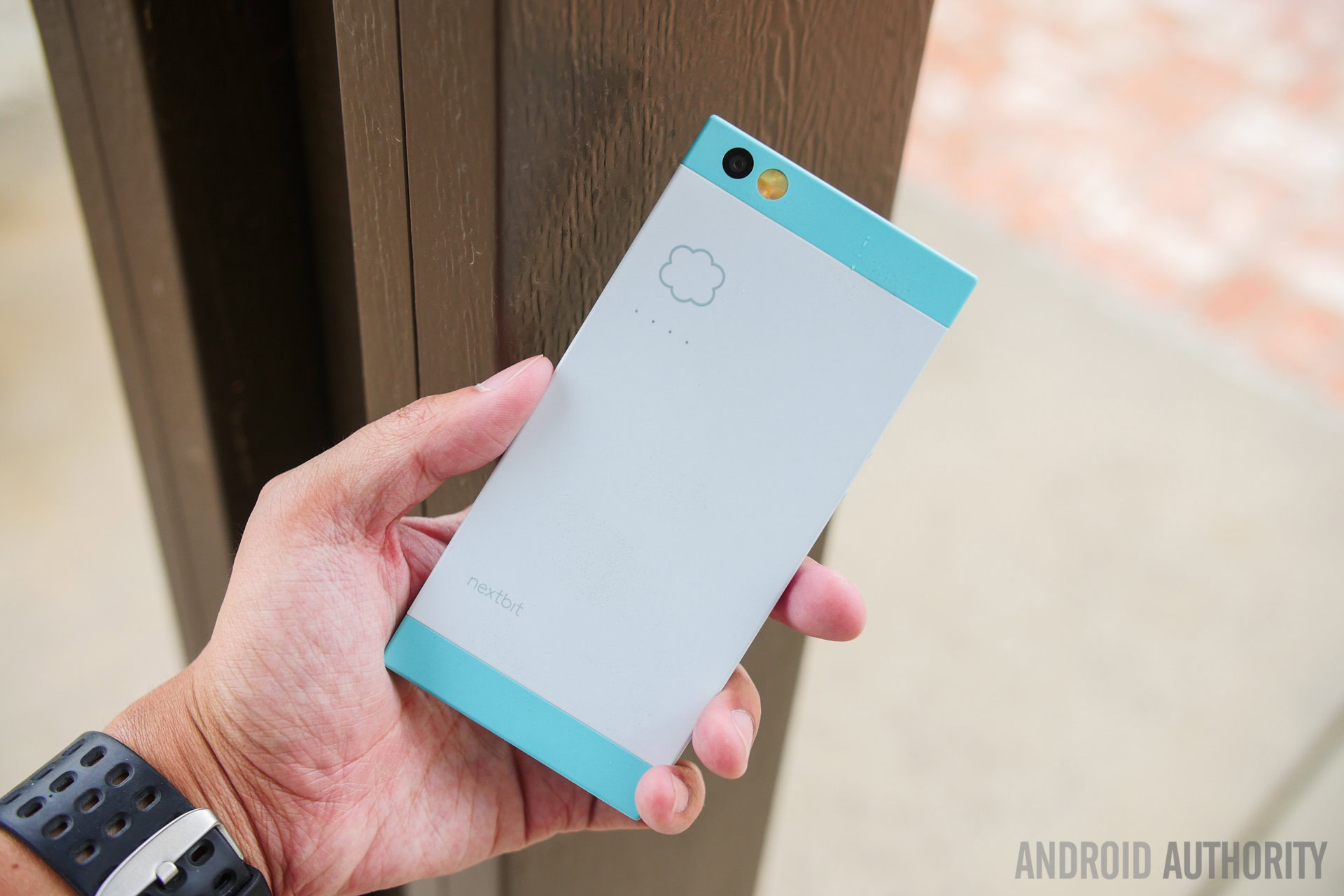
The Nextbit Robin is a very unusual-looking phone, but that lines up with its unusual backstory. In 2015, Nextbit launched a Kickstarter for the Robin, pitching it as a cloud-based phone that would rely as little as possible on internal storage. The company saw an overwhelming response, with funding hitting $1 million in just two weeks.
Around the time the phone started shipping, though, the initial response to its performance was tepid. Still, in 2017, Razer ended up buying Nextbit and immediately shutting down sales and production of the Robin. The first Razer Phone would launch shortly thereafter, which took all the joyful design elements of the Robin and Razer-ified them (read: turned everything black and green).
The Razer Phone (and its eventual successor, the Razer Phone 2) failed to win an audience. Razer abandoned the mobile market shortly thereafter, essentially killing off Robin in the process.
While the phone itself didn’t win us over, the design certainly did. The two-tone back, playful aquamarine color scheme, color-matched accessories, and even the subtle tweaks to Android made the Robin a joy to use (or even just look at on your desk). It’s a shame companies today don’t seem to take many design risks or prioritize synergy across all elements of the phone as Nextbit did.
HTC One M7
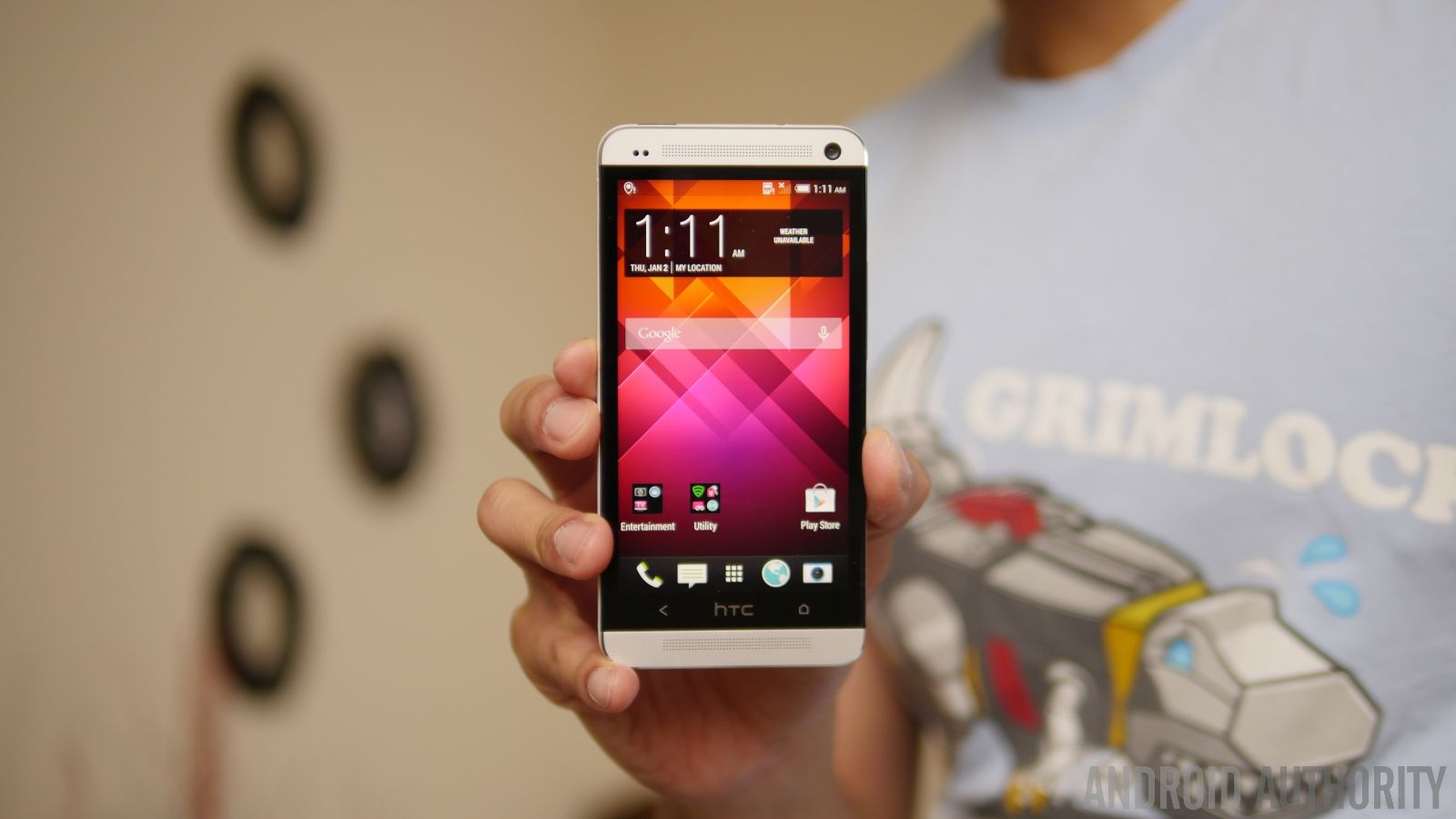
Older smartphone fans who saw the title of this article immediately knew the HTC One M7 would be here. The design of the M7 has achieved legendary status to the point that you can’t even talk about the general idea of smartphone design without bringing it up. It’s like the Blade Runner of smartphones.
What can be said about the M7 that hasn’t already been said? Its all-metal, unibody design is not only gorgeous but also a technical marvel. Its dual front-facing speakers were wonderful, and its slightly curvy back made it a joy to hold.
It also was a terrific phone. HTC’s Sense Android skin was lovely, and its BlinkFeed home screen setup was intuitive and useful. The camera hardware was great (for the time, obviously), and its Qualcomm Snapdragon 600 processor was plenty fast for 2013.
Really, the only thing that was missing from the HTC One M7 was wireless charging, which the metal design prohibited. Other than that, it might just have been the perfect Android phone, both in form and in function.
Samsung Galaxy S7 Edge
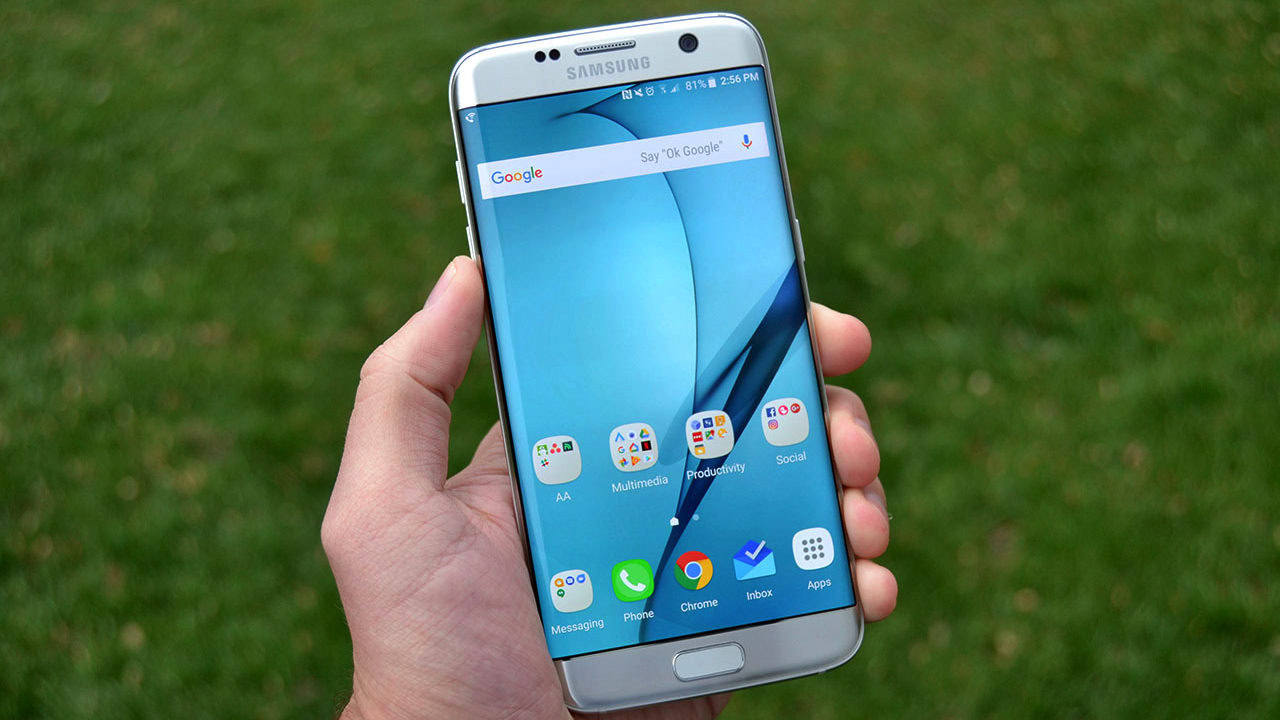
Over the past few years, the smartphone industry has moved away from curvy displays. They are less durable, less practical for swipe navigation gestures, and are more difficult to protect with a screen protector. But in 2016, curvy displays were just coming up, and the Samsung Galaxy S7 Edge was the first “wow” phone to have one.
Unlike previous “Edge” devices from Samsung, the Galaxy S7 Edge was curvy all around. The corners, front, sides, and even the back all had curves. This made it feel smooth and premium in your hand, like a precious jewel.
It was also a great phone and the perfect comeback from the lackluster Galaxy S6 series. It reinvigorated Samsung’s smartphone sales and helped further differentiate the Galaxy S family from its chief rival, the iPhone.
Of course, curvy phones are out of trend at the moment, so we likely won’t see anything like this again soon. But The Galaxy S7 Edge will always be remembered fondly for its stunning design if nothing else.
Google Pixel 5
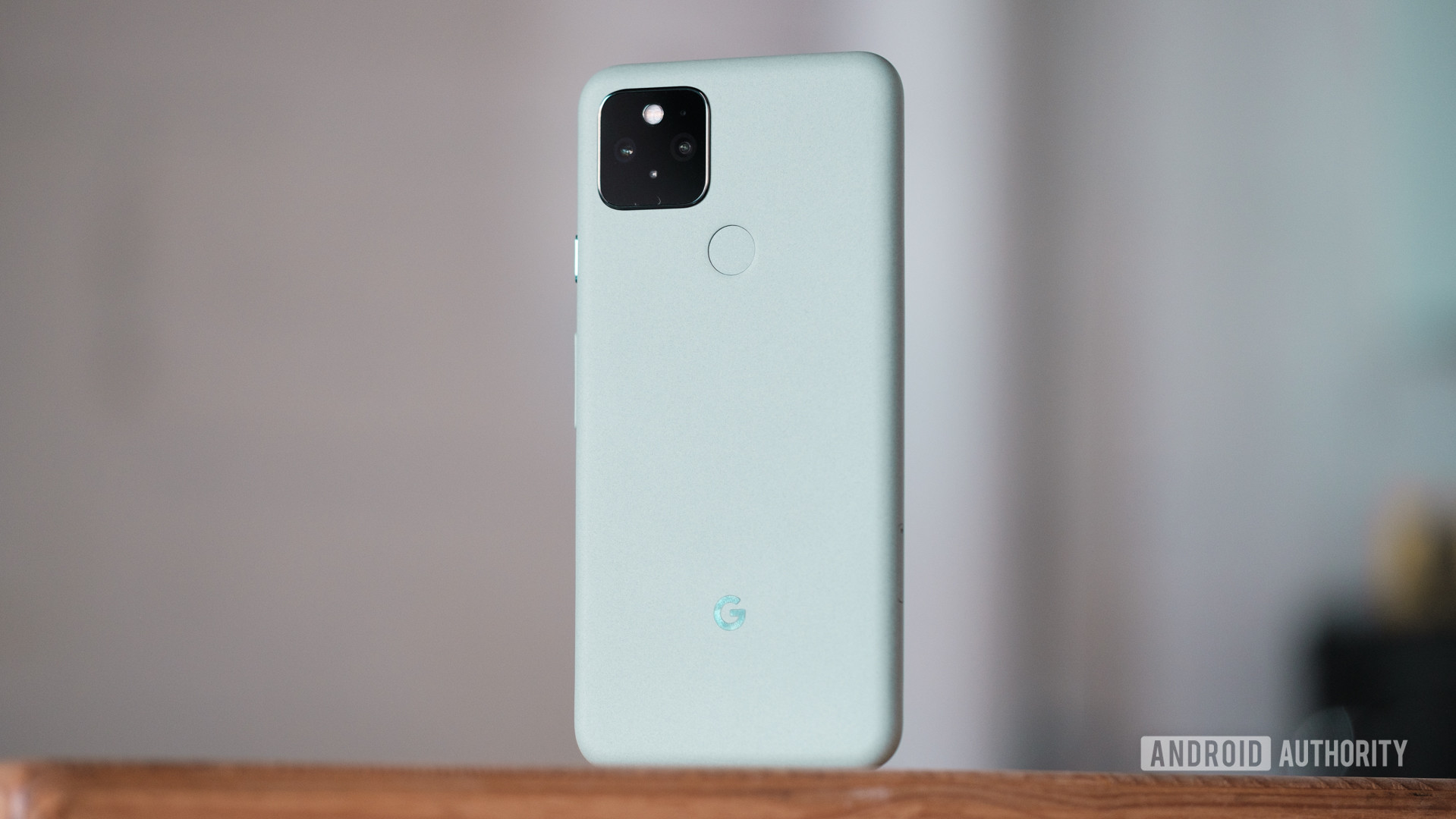
David Imel / Android Authority
When the Google Pixel 5 launched in 2020, Google’s smartphone division was in hot water. The Pixel 4 had been an unmitigated sales disaster, enough so that the entire Pixel line was in serious jeopardy. The Pixel 5 was a reinvention of the Pixel brand (not the first, and not the last). Overall, it went just OK during its retail run, but time has been quite kind to the Pixel 5 thanks to its small form factor, ingenious design elements, and playful aesthetic.
The thing that really makes the Pixel 5 a marvel is the fact that it’s made of metal but still supports wireless charging. Google made this possible by using a unique “mesh” alloy with gaps just large enough for the wireless power transmission to be successful.
This unique construction made the Pixel 5 feel premium and far more durable than any glass sandwich phone could hope to be. Its small size and absolutely gorgeous Sorta Sage colorway only enhanced its standing as one of the best-looking phones of the year.
Unfortunately, Google made a big bet with the Pixel 5 that didn’t pan out: opting for a mid-range processor instead of the typical flagship CPU one would expect with a mainline Pixel. This was a one-off, as the Pixel 6 once again reinvented the brand entirely and introduced the Tensor chipset we still see in Pixels today.
The real question, though, is why Google hasn’t tried to bring that beautiful unibody metal design to any other phones?
OnePlus 9 Pro
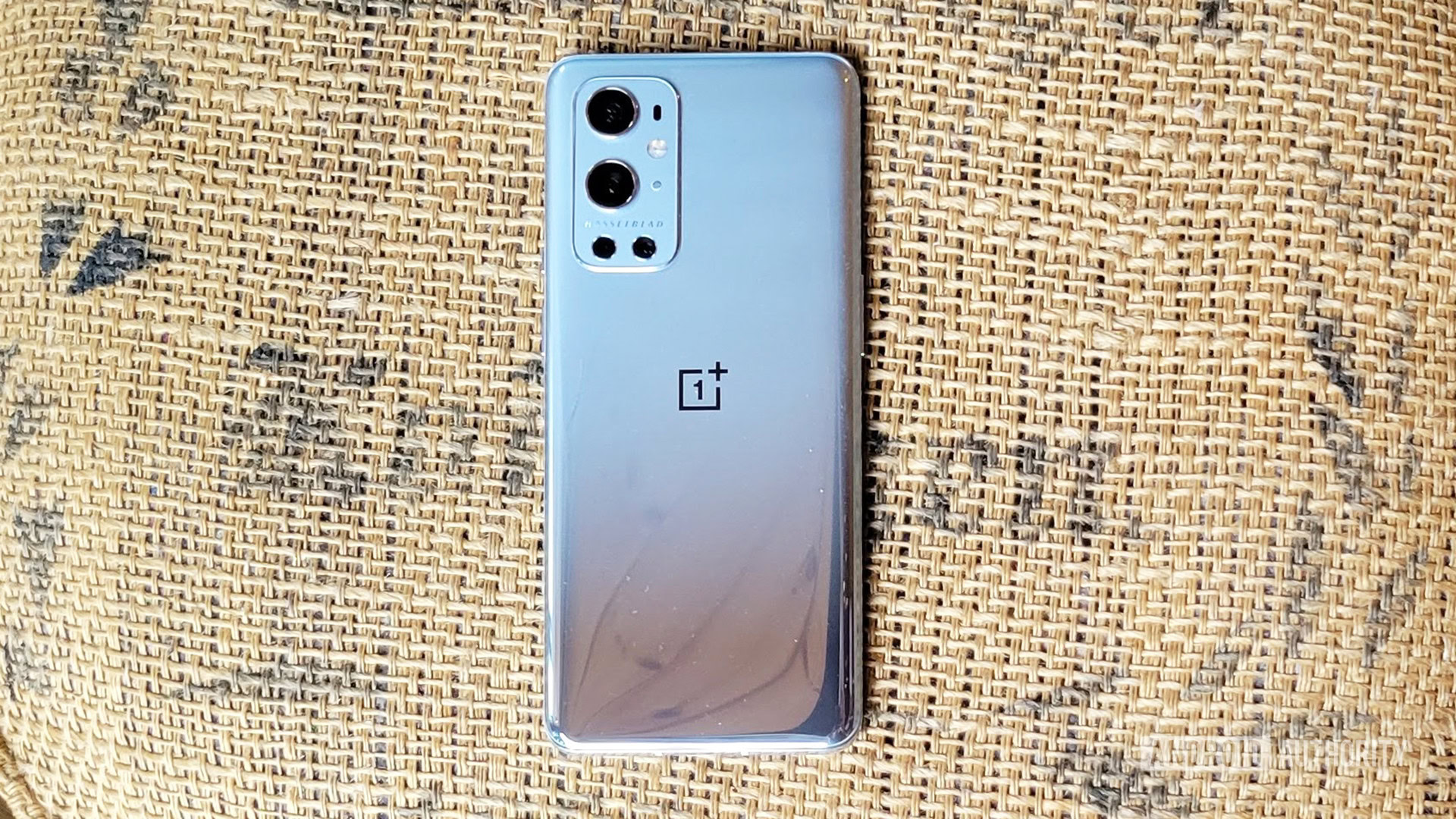
C. Scott Brown / Android Authority
For many, the OnePlus 9 series was the last release from the “old” OnePlus, meaning before Carl Pei left and the company was folded directly into OPPO. If you agree, what a phone to go out on, as the OnePlus 9 Pro, in particular, is one of the most beautiful smartphones we’ve ever seen.
The mirrored finish of the Morning Mist colorway was especially stunning. It would appear to change color in a certain light, making it a phone you would loathe to confine to a case. The Forest Green version was also quite breathtaking, and even the standard Stellar Black looked positively classy.
The phone itself was also the best thing we had seen from the company up until that point. It had the most powerful processor at the time, a camera system that was a step up for OnePlus (a brand that is notorious for cutting corners in the camera department whenever it can), and what was indisputably one of the best displays of the year.
“Old” OnePlus might be gone, but the OnePlus 9 Pro will forever be remembered as its most beautiful creation.
Essential Phone
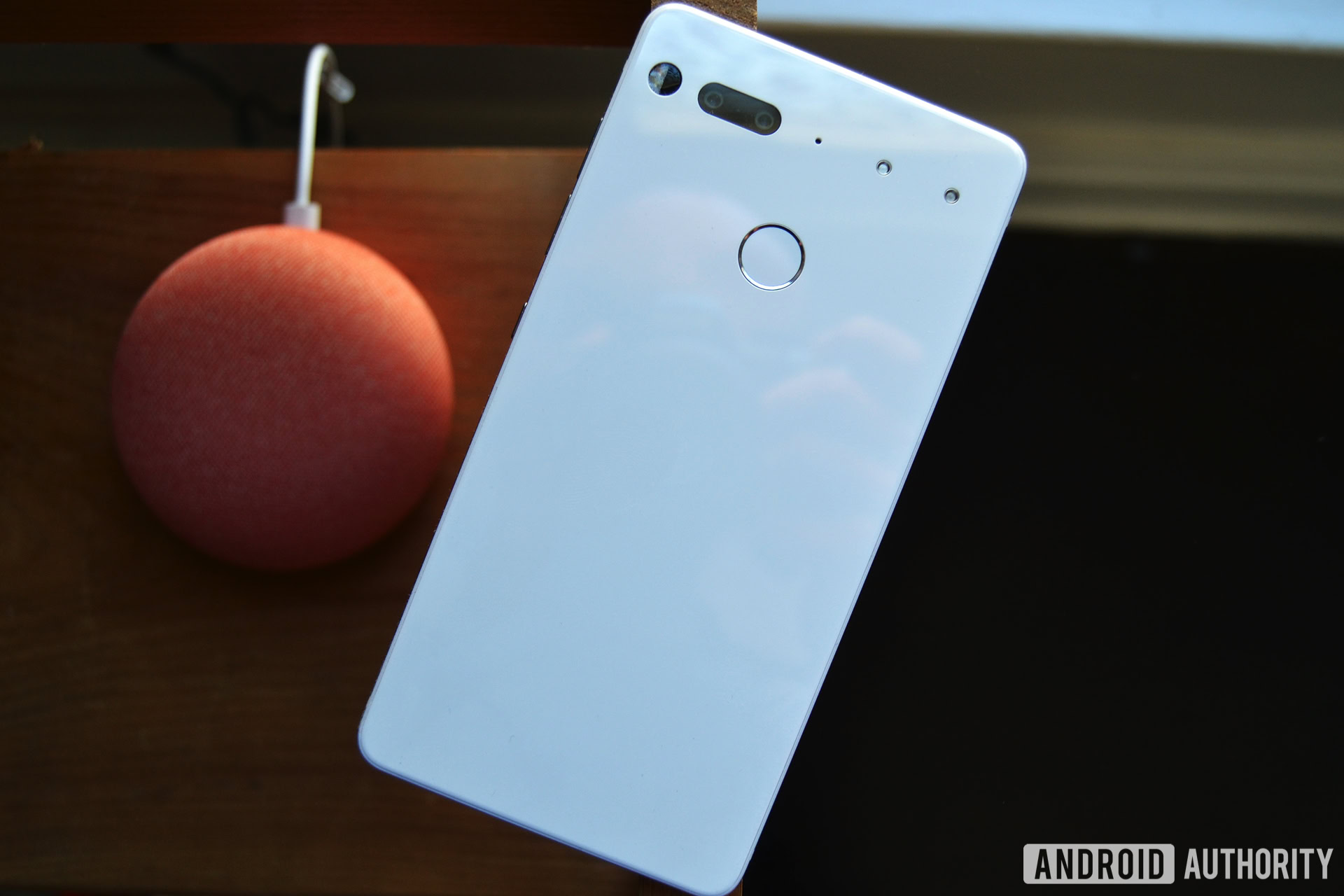
The Essential Phone was one of the most exciting releases in the history of Android. It had the notable pedigree of being the brainchild of the grandfather of Android itself, Andy Rubin. It had a unique titanium and ceramic build that made it feel both like a tank and a work of art. It had an edge-to-edge screen, too, that was the first to carry a notch at the top.
These qualities made the one and only phone from Essential Products a real head-turner. The fact that it came with a nearly stock version of Android that received updates faster than Pixels on some days made it an Android lover’s dream.
Unfortunately, the phone was far from perfect. The camera left a lot to be desired, both from hardware and software viewpoints. Essential also made the huge mistake of making the phone exclusive to Sprint. Remember, this was back in the days when buying phones unlocked wasn’t very common. Even back then, Sprint was struggling to retain customers, which left the Essential Phone high and dry for sales.
A massive price cut didn’t save the phone, and Essential eventually canceled the planned launch of the Phone 2. Regardless, we’ll always remember the Essential Phone as representing what could be possible if a company really put some thought behind its smartphone design.
Sony Xperia XZ1
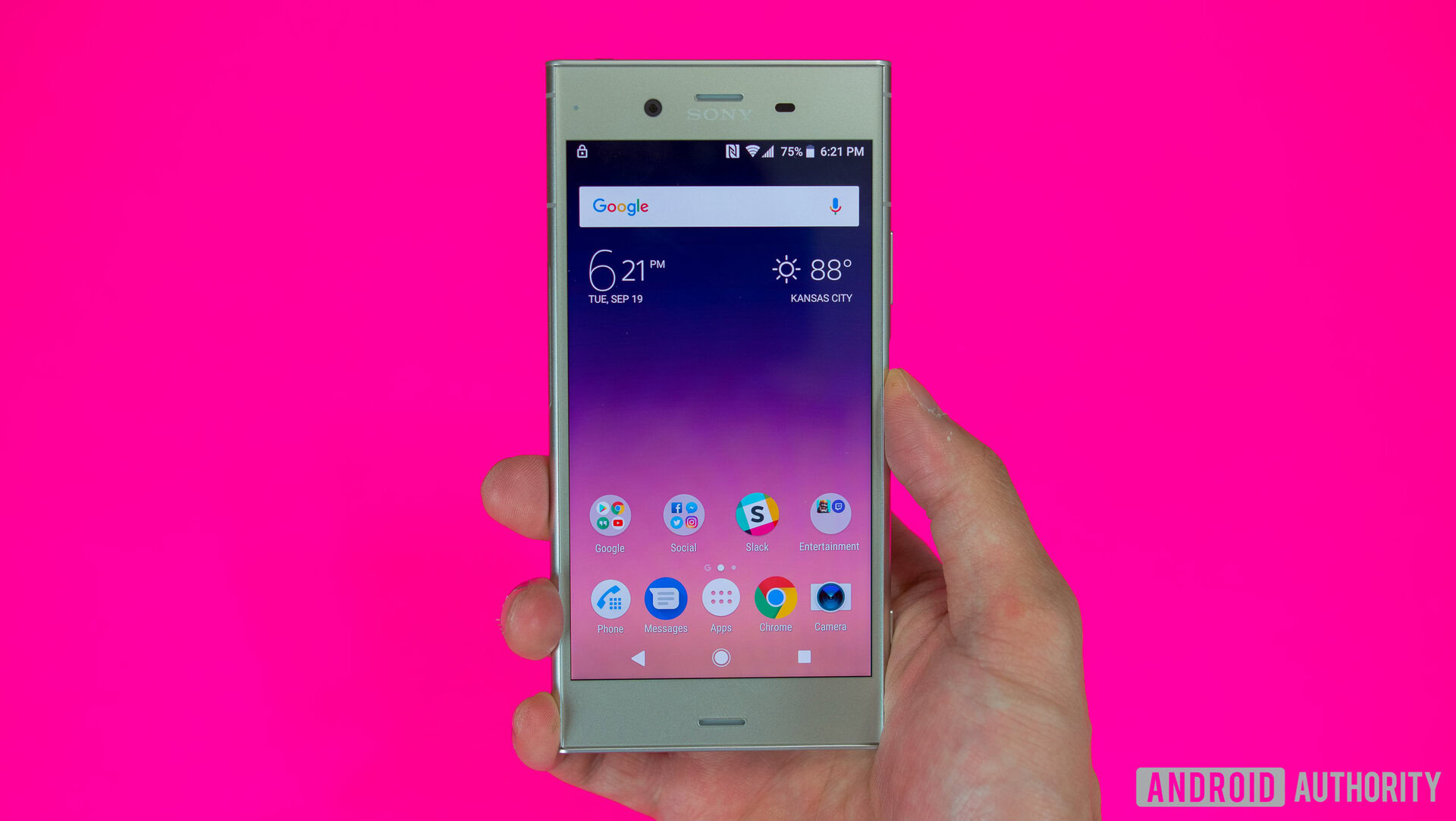
Android fans have always had a love/hate relationship with Sony. While most Android fans would agree that Sony makes incredible phones, they are usually overpriced, difficult to get, and have such a poor support commitment from Sony that it’s hard to stomach actually buying one.
If you look past all that, though, you gotta admit that Sony has designed some real bangers over the years, and the Xperia XZ1 is one of them. Its focus on symmetry and details really set it apart from the crowd when it launched in 2017.
The Xperia XZ1 was made of a wraparound metal chassis, giving it an ultra-premium feel. It was also one of the earliest phones to have an HDR display, making it look terrific while it lay inert on your desk and also when you were actually using it.
An honorable mention here is the Xperia XZ1 Compact, which, as its name implies, was a smaller version of this phone. That device was also amazing from a design standpoint and makes us long for the days when “compact” phones were still a thing.
Samsung Galaxy Note 10 Plus
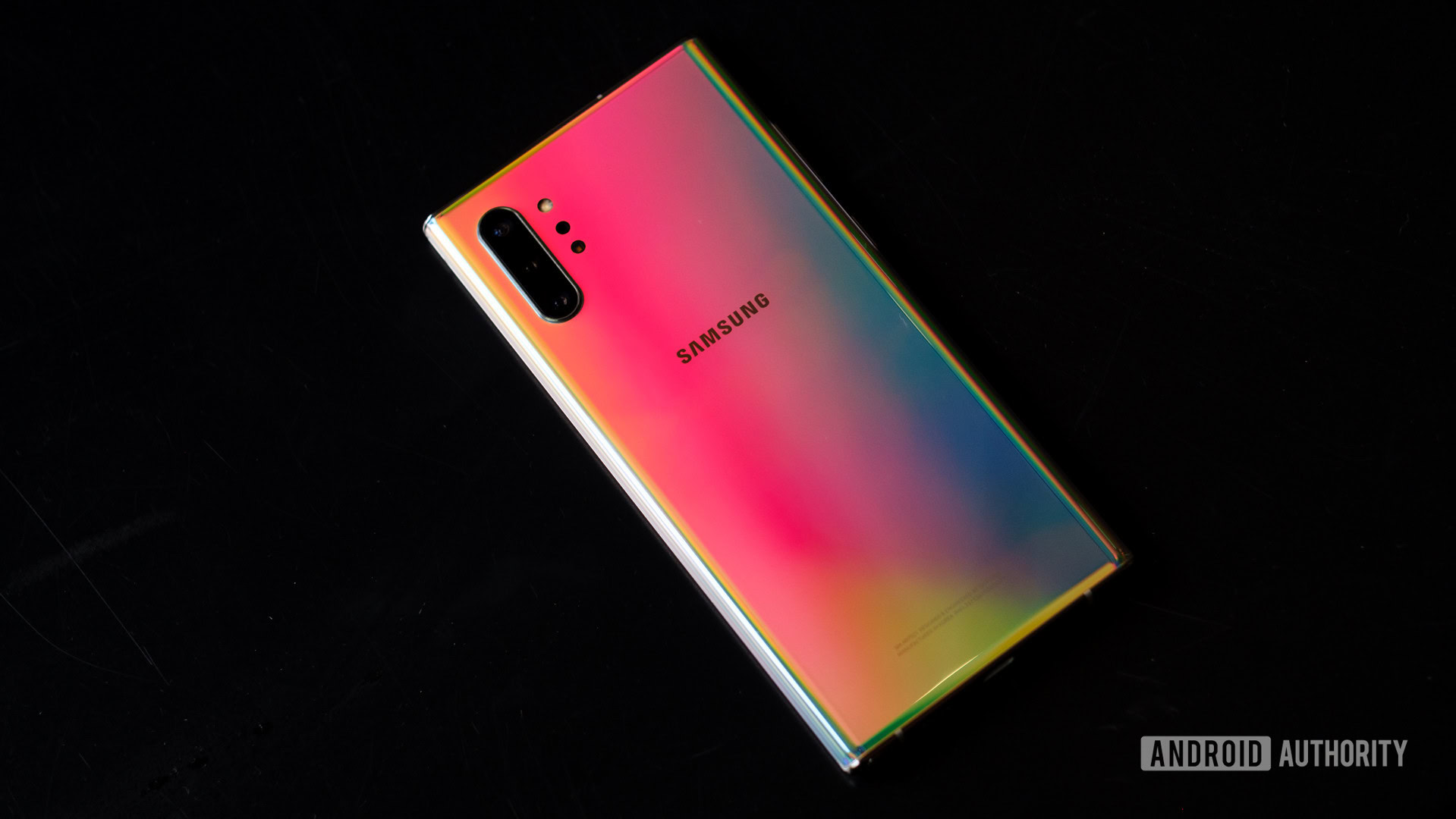
The Galaxy Note line ended in 2020 with the launch of the Galaxy Note 20 and Galaxy Note 20 Ultra. Note phones were then swallowed up by the Galaxy S line in 2022 when Samsung launched the Galaxy S22 Ultra, which was a Note phone by a different name.
Before all that went down, though, we saw the Samsung Galaxy Note 10 series launch, which included the Galaxy Note 10 Plus. While we could argue all day which Note phone was the best overall (probably the Note 9, honestly), the Note 10 Plus stands as the most beautiful, especially the Aura Glow variant you see here.
Like the OnePlus 9 Pro mentioned previously on this list, the mirror-like back of the Aura Glow model changed colors in various lighting conditions, giving it a gorgeous and dynamic look. The curved sides also refracted light in a slightly different way, making it so the phone always had a “frame” around it — truly stunning stuff.
The Note 10 Plus was also an amazing phone, even if its price increase compared to the Galaxy Note 9 made it seem like Samsung was getting greedy. Still, no list of the most beautiful smartphones ever would be complete without this one.
Nexus 4
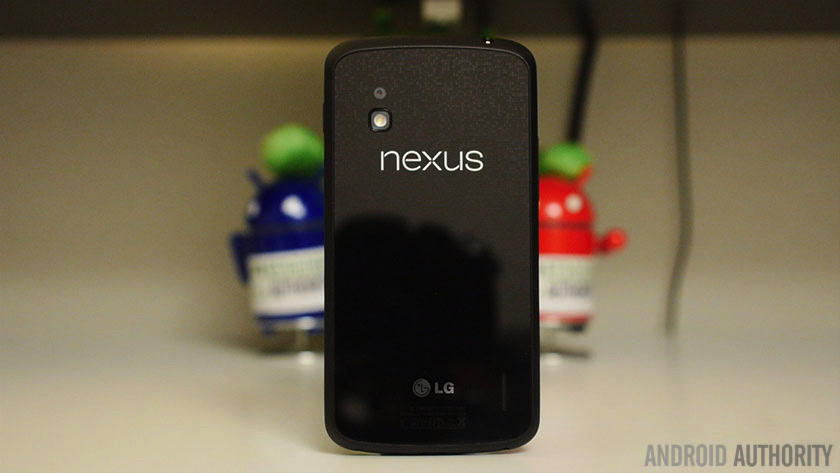
Before Google launched the Pixel line, it partnered with other smartphone brands to create Nexus phones. These phones launched with stock Android and received software updates faster than most others, making them a prequel to Pixels, of sorts.
One such phone was the Nexus 4, produced by LG (back when LG still made phones, RIP). While most people reading this who remember the Nexus days would probably agree that the HUAWEI-made Nexus 6P was probably the peak of the Nexus series, few could argue that the Nexus 4 wasn’t one of the prettiest phones they’ve ever seen.
The most notable aspect of the device was its glass back, which featured tiny star-like dots across an intricate matrix. It made it look like the phone literally sparkled in the light, which was mesmerizing and just flat-out awesome.
It’s unfortunate that the Nexus line eventually came to an end, and even more unfortunate that LG exited the game completely. However, we’ll always look back on the Nexus 4 with a big ol’ smile.
Google Pixel 4 XL
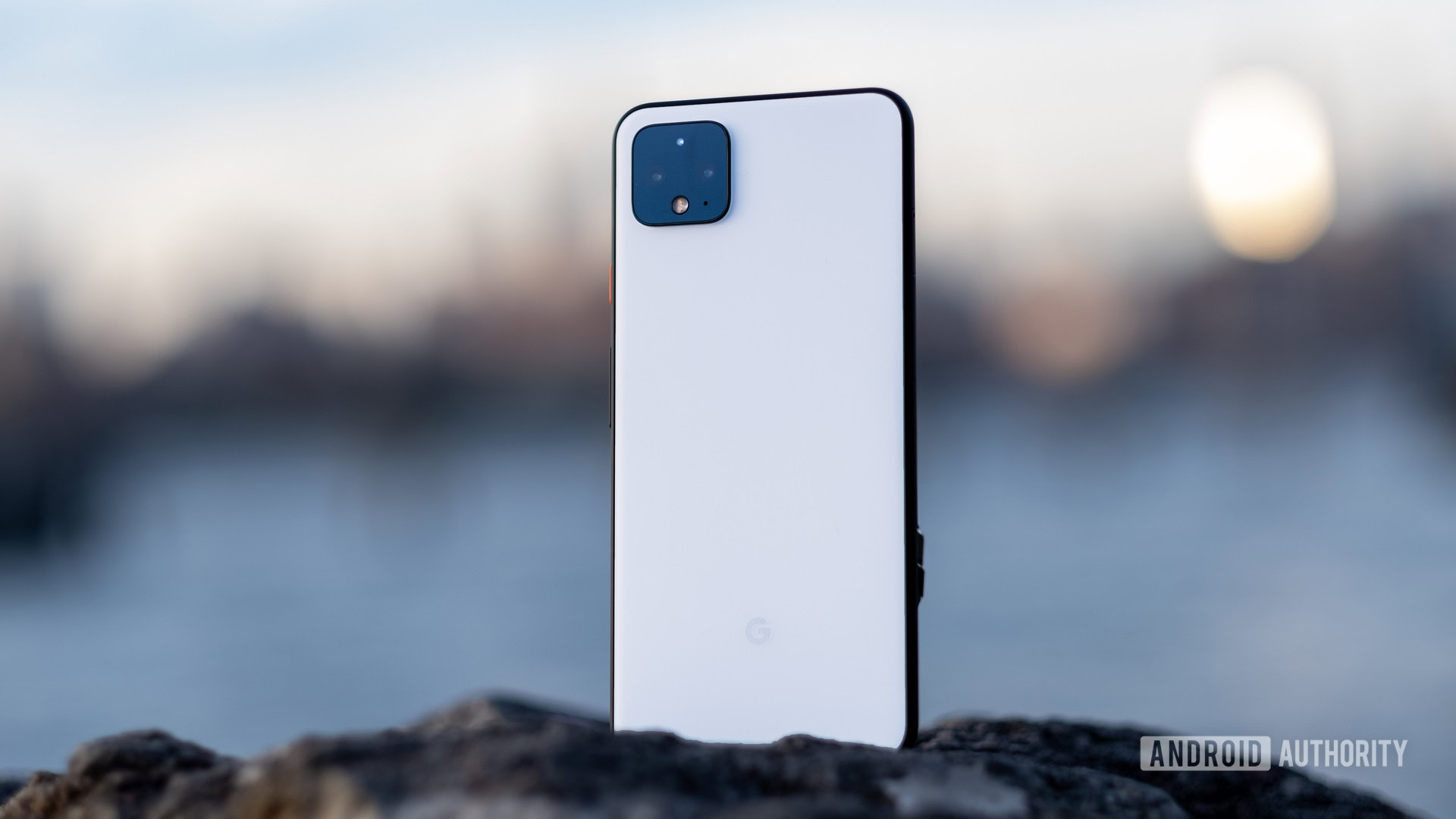
We mentioned earlier how the Pixel 4 almost doomed the entire Pixel line. There are many reasons for that: Google’s big misguided bet on Soli (a radar system that allowed for gimmicky hand gesture controls), the lack of a fingerprint scanner, the lack of an ultrawide lens, and pricing that left a lot of consumers turning up their noses.
One thing that wasn’t at all a problem with the Pixel 4 series, though, was how the phones looked. Because man, they were hot.
We’re specifically calling out the XL version here, but both it and the vanilla Pixel 4 were lookers. The matte rails were awesome both for aesthetics and grip, and the orange power button really stood out. If you like orange, the Oh So Orange model was just for you, which was probably the boldest statement in smartphones we’ve ever seen.
The Pixel 4 may have been a sales failure, but it could never be a failure when it comes to design.
Which of these phones do you think is the most beautiful? Is there a beautiful smartphone we didn’t include on this list? Let us know your thoughts in the poll below and be sure to hit the comments with your thoughts!
What is the most beautiful smartphone of the past 15 years?
53 votes
What’s your reaction?
Love0
Sad0
Happy0
Sleepy0
Angry0
Dead0
Wink0
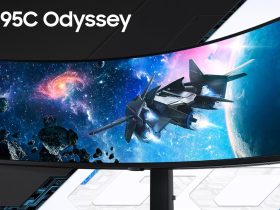


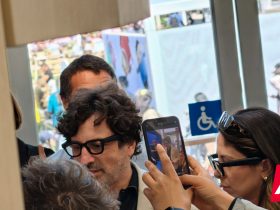


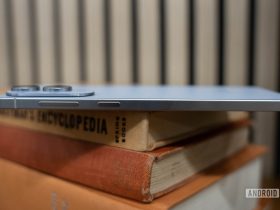
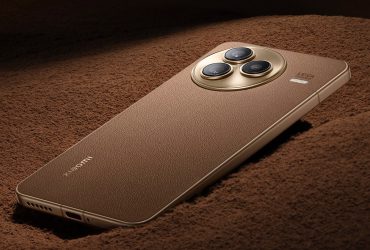
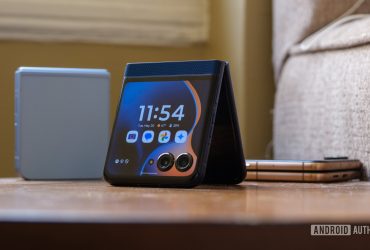
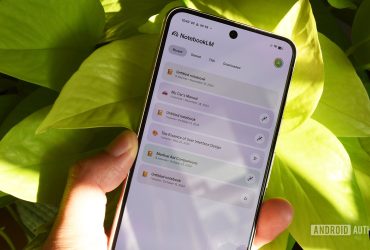
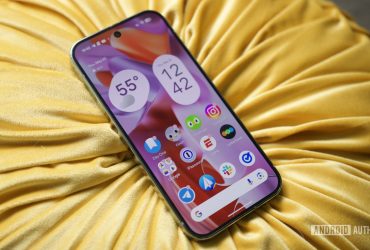
Leave a Reply
View Comments